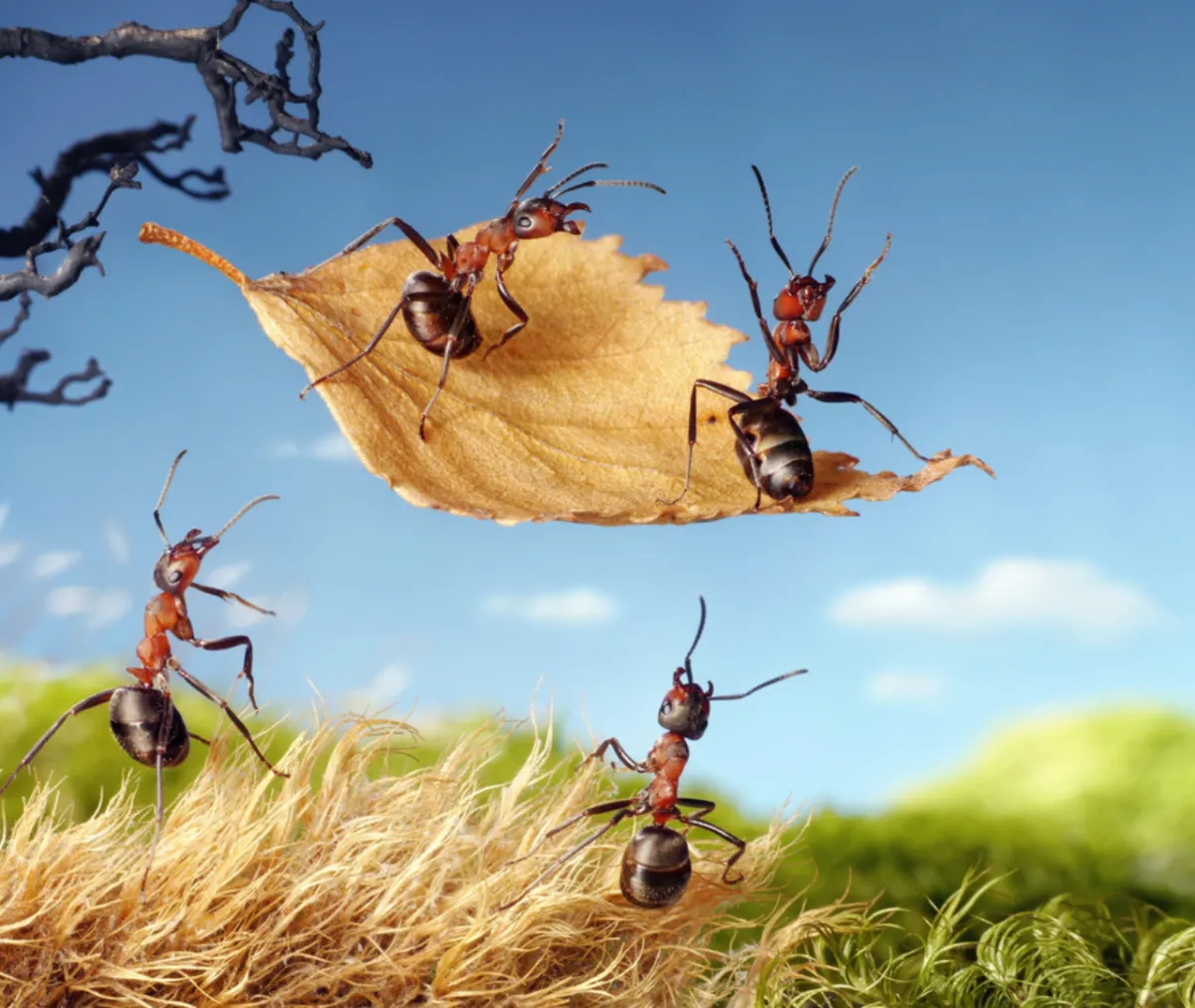
Why Insects Thrive in Fall Despite Cooling Temps
As the days grow shorter and temperatures drop during the fall season, many expect insect activity to decline sharply. While it’s true that some insects become less active or enter dormancy, many species actually thrive during fall. Understanding why insects continue to be active in cooler weather sheds light on their survival strategies and helps homeowners better manage pest issues during this transitional season.
How Insects Respond to Cooler Temperatures
Insects are cold-blooded creatures, meaning their body temperature depends largely on the environment. As temperatures fall, insect metabolism generally slows down. However, many insects have adapted behaviors and biological processes that allow them to remain active or prepare for winter effectively.
Rather than disappearing, certain species increase their activity, taking advantage of specific fall conditions to complete their life cycles, reproduce, or find shelter.
Factors That Support Insect Activity in Fall
Moderate Fall Temperatures
While nights may be chilly, daytime temperatures in early and mid-fall often remain mild and favorable for insects. These moderate temperatures create a window where insects can forage, mate, and build nests before winter fully sets in.
Availability of Food Sources
Fall brings a bounty of food in the form of fallen leaves, fruits, seeds, and decaying organic matter. This abundance sustains many insects such as ants, beetles, and caterpillars, providing nutrition needed to complete development or accumulate energy reserves.
Preparation for Overwintering
Many insects use the fall to prepare for overwintering by building nests, burrowing into soil, or finding protected areas like under tree bark or inside buildings. This increased movement and activity can make them more noticeable.
Lifecycle Timing
Some insects have life cycles timed to peak in fall. For example, certain species of spiders become more visible as they build webs to catch the last of the season’s prey. Termites may increase tunneling activity underground, and stink bugs often seek shelter indoors as temperatures drop.
Common Fall-Active Insects
Ants: Continue to forage for food to support their colonies through winter.
Spiders: Build webs and hunt actively before colder weather halts their activity.
Termites: Maintain underground colonies, feeding on wood and organic matter.
Cockroaches: Thrive in warm, damp indoor environments and remain active.
Boxelder Bugs and Stink Bugs: Seek shelter inside homes as temperatures cool.
Beetles and Moths: Some species pupate in fall or remain active to find mates.
Why Insect Activity Can Lead to Pest Issues in Homes
As insects increase activity to prepare for winter, many seek shelter inside buildings. Cracks, gaps, and openings provide easy access, and indoor environments often provide warmth, moisture, and food sources.
Insects like stink bugs and boxelder bugs are more of a nuisance, entering homes in large numbers but causing little harm. Other pests, such as cockroaches and termites, can damage property or contaminate food.
Recognizing fall as a key season for insect activity helps in planning effective pest management strategies.
Tips for Managing Fall Insect Activity
Seal Entry Points: Inspect and close gaps around windows, doors, vents, and foundations.
Maintain Cleanliness: Store food properly, clean spills promptly, and reduce clutter.
Control Moisture: Fix leaks, ensure proper drainage, and reduce humidity in basements or crawl spaces.
Remove Outdoor Attractants: Clear leaf litter, fallen fruits, and debris near the home.
Use Screens and Weather Stripping: Keep insects out by maintaining intact window and door screens.
Consider Professional Help: If insect activity becomes heavy or persistent, pest control experts can provide targeted treatments.
Benefits of Understanding Fall Insect Behavior
Knowing why insects remain active in fall supports better timing of inspections and preventive measures. Early action during this season can reduce the chance of indoor infestations and limit potential damage or nuisance.
Additionally, awareness helps homeowners distinguish between harmless seasonal visitors and pests that require control.
Conclusion
Despite cooler temperatures in fall, many insects thrive by taking advantage of moderate weather, available food, and opportunities to prepare for winter. Their increased activity during this time often brings them closer to human homes, where they find shelter and resources. Understanding these behaviors empowers homeowners to implement effective prevention and control measures, maintaining comfortable, pest-free living environments throughout the fall and into winter.